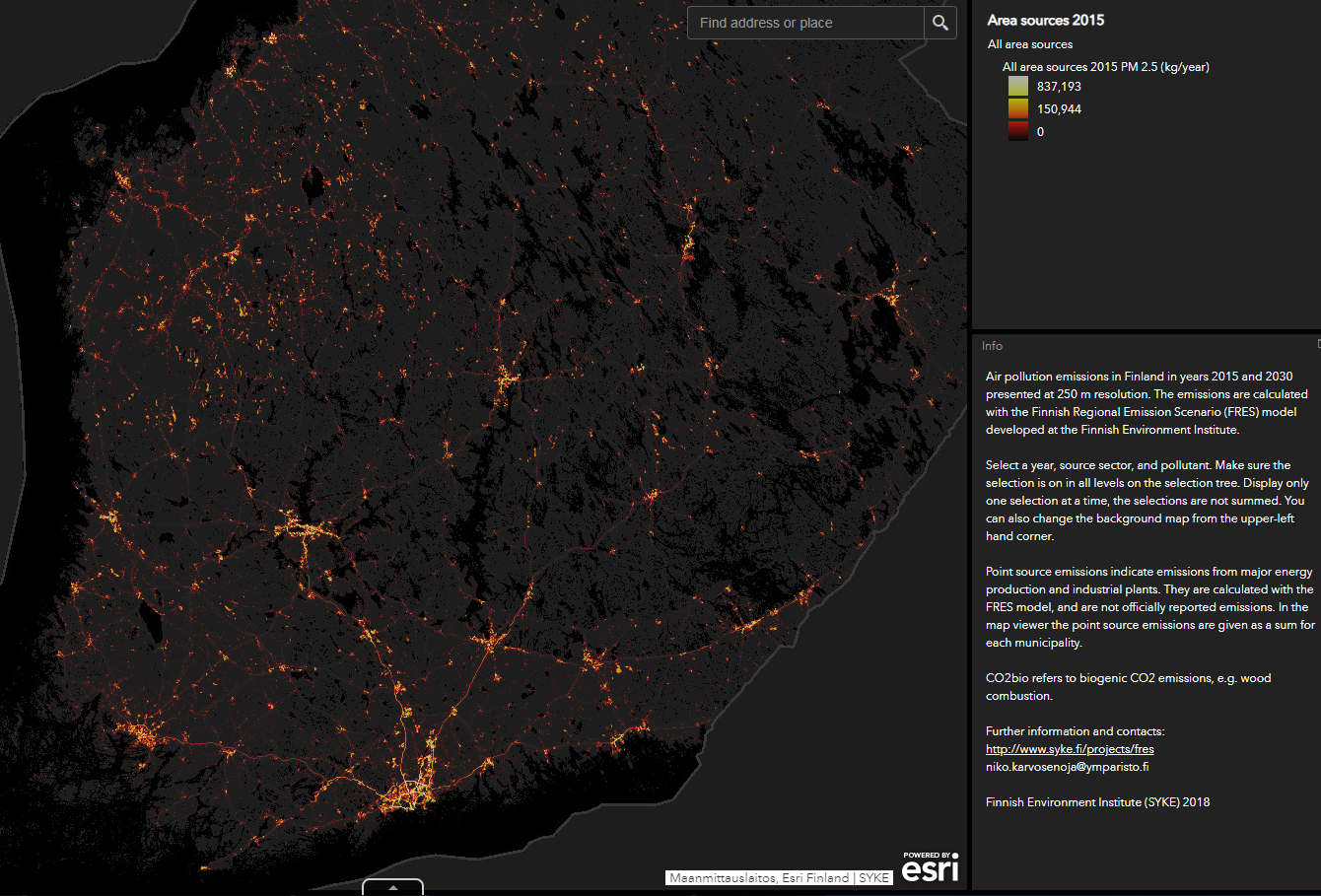
Picture 1. Screenshot of emission map service. [http://www.syke.fi\emissionmap].
Air pollution emissions enter the atmosphere from multiple sources such as industry, transport and residential combustion. The emissions dilute when transported in the atmosphere. Air pollutants occur as concentrations in the air and are eventually removed from the atmosphere by wet and dry deposition. Pollutants in the atmosphere affect solar radiation balance and climate, human health and the deposition damages the environment.
The FRES research team assesses air pollution emissions, their future development and emission mitigation opportunities and costs at different spatial scales. The main tools are the GAINS model developed by International Institute of Applied System Analysis IIASA and the Finnish Regional Emission Scenario-scale model (FRES) model. The FRES model calculates several air pollutants and greenhouse gas emissions in a coherent framework for a wide range of spatial and time resolutions; the most accurate emissions can be described at 250 m x 250 m spatial resolution and 1 h time resolution. The FRES model results can also be used as input to atmospheric dispersion models. A detailed model description can be found in Karvosenoja (2008). The FRES model emissions in 2015 and 2030 can be viewed here.
In addition to the future emissions estimates SYKE reports annually air pollutant emissions to the Secretariat of the UNECE Convention on Long-Range Transboundary Air Pollution (CLRTAP) and to the EU Commission. The official reported emissions are available on SYKE emission inventory system. The contact person at SYKE for emission inventories is Kristina Saarinen.